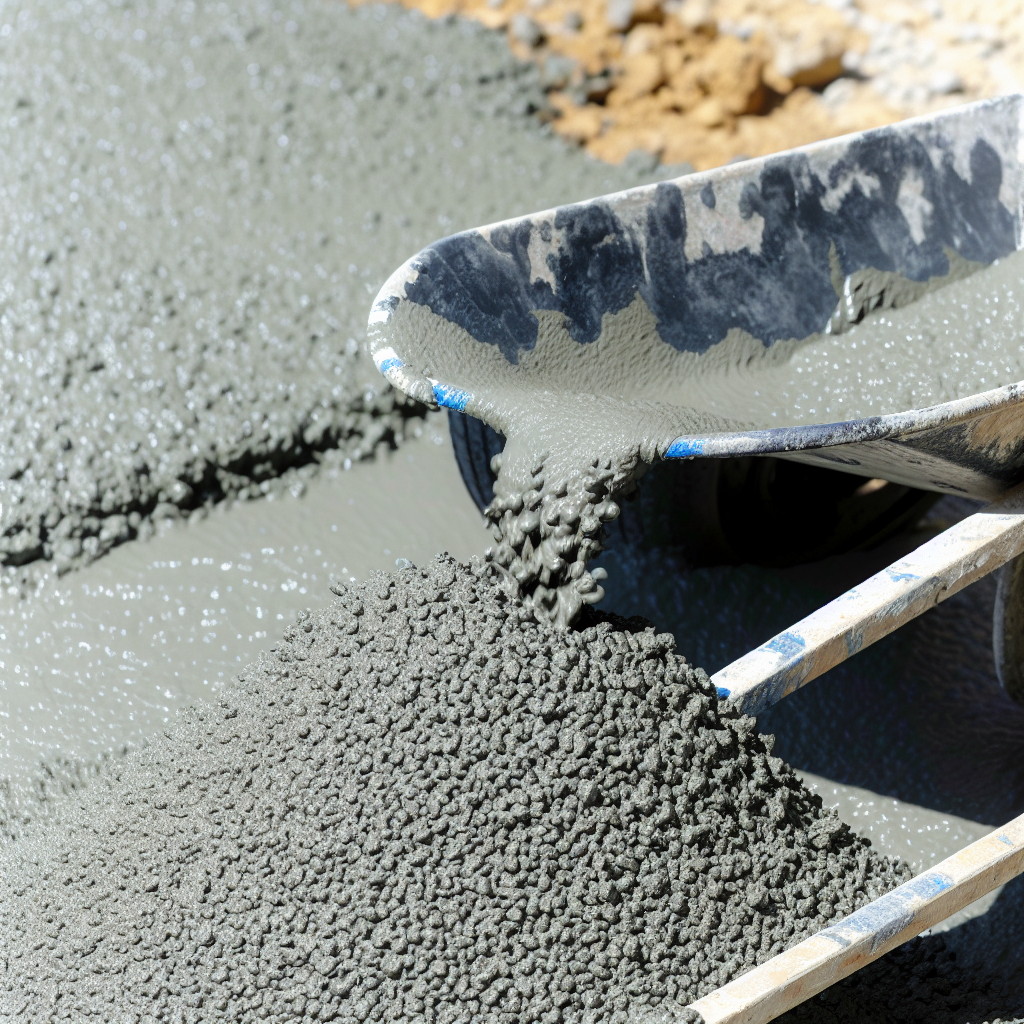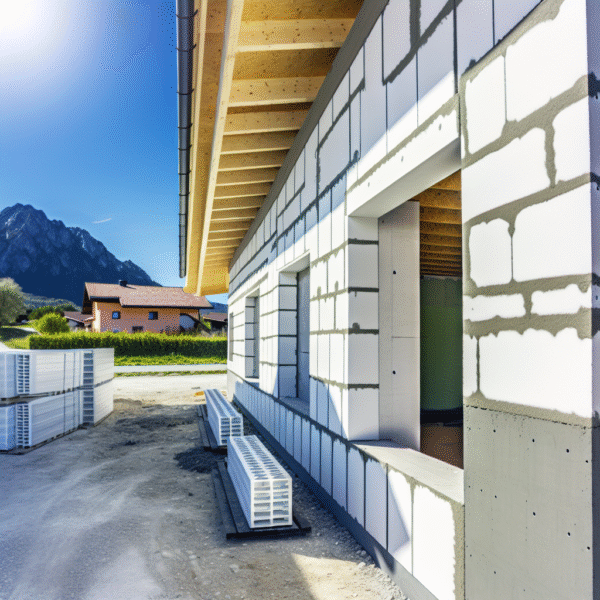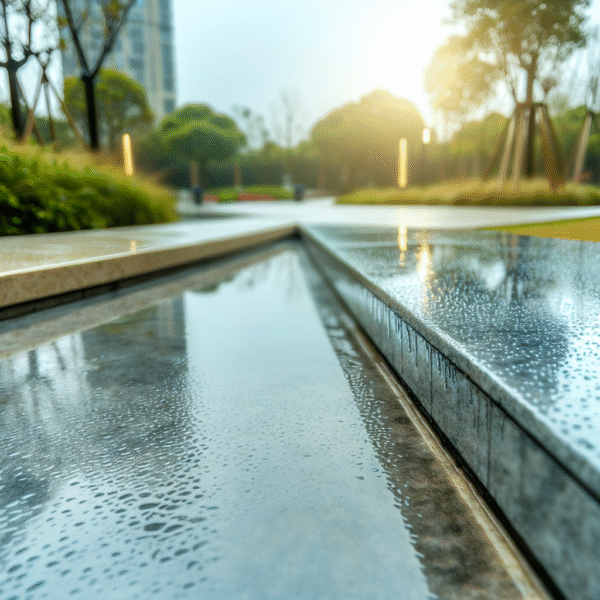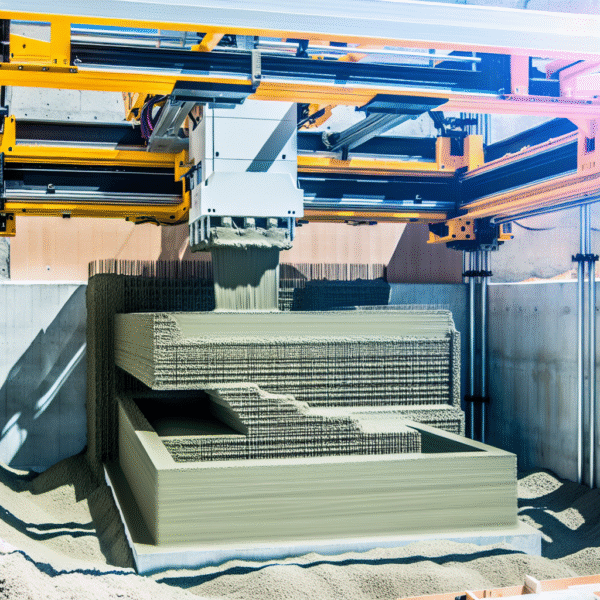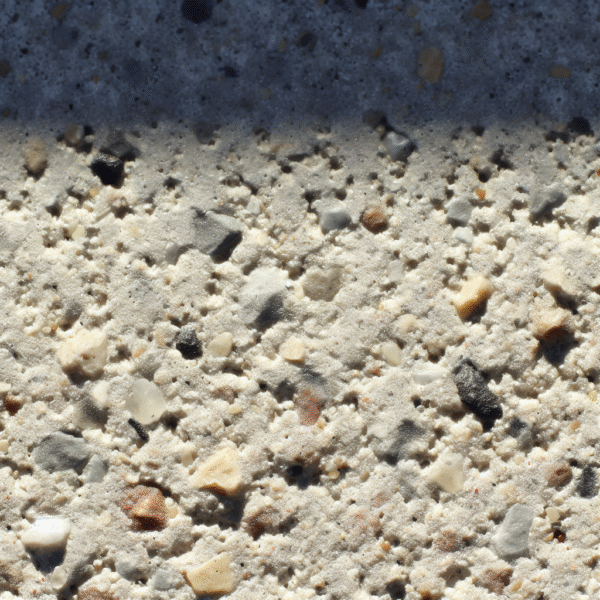Concrete Mix Design: The Foundation Beneath Every Step
Concrete Mix Design is the cornerstone of modern infrastructure, shaping the trails, plazas, and landmarks that enrich our travels and communities. Whether you’re trekking through Death Valley or marveling at the curves of Calatrava’s bridges in Valencia, the concrete beneath your feet is anything but ordinary. Its composition—crafted through careful proportioning of materials—ensures the perfect balance of strength, durability, and workability.
Beyond the surface, Concrete Mix Design offers a deeper insight into how environments, climates, and aesthetics influence construction. From Scotland’s misty highlands to Moab’s arid cliffs, tailored mix designs support structures that endure and impress. For curious travelers, aspiring DIYers, or families planning a patio, understanding concrete composition transforms how you engage with the world—both abroad and at home.
What Is Concrete Mix Design?
Concrete Mix Design is the process of selecting and proportioning cement, aggregates, water, and admixtures to produce concrete suited for a specific application. Whether it’s a weather-hardy viewing deck on Iceland’s south coast or a high-traffic pedestrian bridge in Banff, every mix is adjusted for climate, load, and appearance.
The primary components include:
- Cement: Usually Portland cement, it binds the mixture together.
- Aggregates: Sand and gravel or crushed stone form the body of the mix.
- Water: Essential for hydration and workability but must be precisely measured.
- Admixtures: Additives that enhance performance—speeding curing, increasing strength, or improving appearance.
Think of it like cooking: just as a chef tailors a recipe, engineers fine-tune their concrete for every project. A serene sculpture park in Sedona doesn’t require the same mix as a bustling Tokyo concourse. Each calls for unique strength, workability, and aesthetic properties.
Core Principles of High-Quality Concrete Mix Design
Robust infrastructure starts with smart design choices. Engineers apply key principles of Concrete Mix Design to build roads, plazas, and paths that last through decades of use and weather. Let’s explore the most important ones:
- Workability: Concrete should be easy to spread and compact, vital for complex shapes like those seen in Park Güell in Barcelona.
- Compressive Strength: Often measured in PSI, this defines how much load the concrete can bear—critical in high-altitude paths like Angels Landing in Zion.
- Durability: Mixes must resist freeze-thaw damage, abrasion, and chemical exposure. Ski towns in Chamonix or the salt-laced promenades of Croatia demand tough, weather-resilient designs.
- Sustainability: Replacing some cement with additives like slag or fly ash reduces CO₂ emissions, used in eco-conscious cities such as Vancouver.
Applying these principles ensures that concrete structures are not only safe and strong but also environmentally responsible and cost-efficient across decades.
Specialized Concrete Mix Design Around the World
Concrete Mix Design adapts creatively to local needs and aesthetics. Take Cloud Gate in Chicago: while its iconic surface turns heads, its concrete base uses a high-slump mix and chemical admixtures for smooth pouring and weather compatibility. On New York’s High Line, lightweight pozzolanic-enhanced concrete allows for elevated, curving walkways without compromising strength.
In Peru’s Sacred Valley, fiber-reinforced concrete combats extreme temperature swings on tourist viewing platforms. Bamboo-structured parks in Southeast Asia might use rice husk ash for an eco-friendly blend. High-traffic destinations like the Blue Mountains’ Skywalk in Australia require mixes with anti-slip finishes, blending safety with scenic views.
And in Colombia’s Caño Cristales, where rare river flora thrive, concrete footpaths use high-permeability mixes to minimize environmental interference. These thoughtful adaptations prove that Concrete Mix Design is both technical and contextual—grounded in functionality, driven by imagination.
Local Insight: Learning from Concrete in Place
Often, locals know which concrete designs work best. In Wellington, New Zealand, textured steps outside the public library prevent slipping during constant rain. Contractors there use exposed aggregate mixes tuned for safety and style. In coastal Oregon, skateparks feature flow-friendly concrete with microfibers to withstand coastside wear.
Moab’s red rock bike trails use permeable mixes that reduce runoff and protect local ecosystems. These paths combine aggregates that blend into surrounding stone, making tourism sustainable and aesthetically clean. Curious about how it works? Talk to locals. In Missoula, Montana, community workshops teach families how to pour and texture concrete garden stones based on regional best practices.
Designing Safe and Enjoyable Family Spaces with Concrete Mix Design
Kid-friendly spaces need more than bright colors—they need safe foundations. Parks like Alley Pond in Queens and Waterfront Park in San Diego depend on smart Concrete Mix Design to support play features and endure seasonal wear. Below rubber playground surfaces lie concrete slabs engineered for shock absorption, water drainage, and freeze-thaw resistance.
Salt Lake City’s Urban Adventure Park includes ramps anchored in high-early-strength concrete, allowing quick turnaround for open access. Elevated lounging platforms in Gas Works Park, Seattle, use fly ash-infused concrete to stay cooler in the summer sun, while pebble-finish benches in Santa Fe reflect both Southwest aesthetics and water-saving maintenance.
Purpose-driven mix design keeps public spaces safe, durable, and beautiful—ensuring that families, teens, and seniors can all enjoy them confidently.
DIY Concrete Projects Inspired by Your Travels
Inspired by Lisbon’s mosaic cafe tables or the smooth amphitheater tiers on a Greek island? Recreate those vibes at home through DIY Concrete Mix Design. A basic blend of accessible ingredients can yield remarkable results—whether you build a patio in Asheville or a bench in Austin.
Start with this simple ratio:
- Use a 1:2:3 mix ratio (cement:sand:gravel) for a durable foundation.
- Add water slowly until your mix achieves peanut butter-like consistency.
- In hot climates like Tucson or Phoenix, include a water reducer to prevent rapid drying and cracking.
- For sleek finishes like Singapore’s polished walkways, plan to wet-cure the surface for 7+ days, followed by sealing for gloss and protection.
Visit local hardware stores during your travels—many offer country-specific advice or even small workshops. In Oaxaca, discover mixes infused with volcanic ash. Chiang Mai? Learn how builders use rice husk ash in sustainable paving. Bringing home mix knowledge turns travel memories into tangible, long-lasting backyard projects.
Concrete Mix Design: Where Infrastructure Meets Inspiration
Behind every plaza, boardwalk, and viewing platform lies an intentional choice: Concrete Mix Design. For travelers, DIYers, and families, understanding the mix underfoot connects us to how communities across the world build for beauty, climate, and culture. From Berlin’s buzzing Boxhagener Platz to the calm flows of Seoul’s Cheonggyecheon Stream, concrete carries stories of resilience and innovation.
So the next time you explore a coastal path or rest on a sculpted bench with a view, take a moment to appreciate the invisible craftsmanship beneath you. It’s engineered with care, mixed with purpose, and poured into the durable legacy of public space design.
